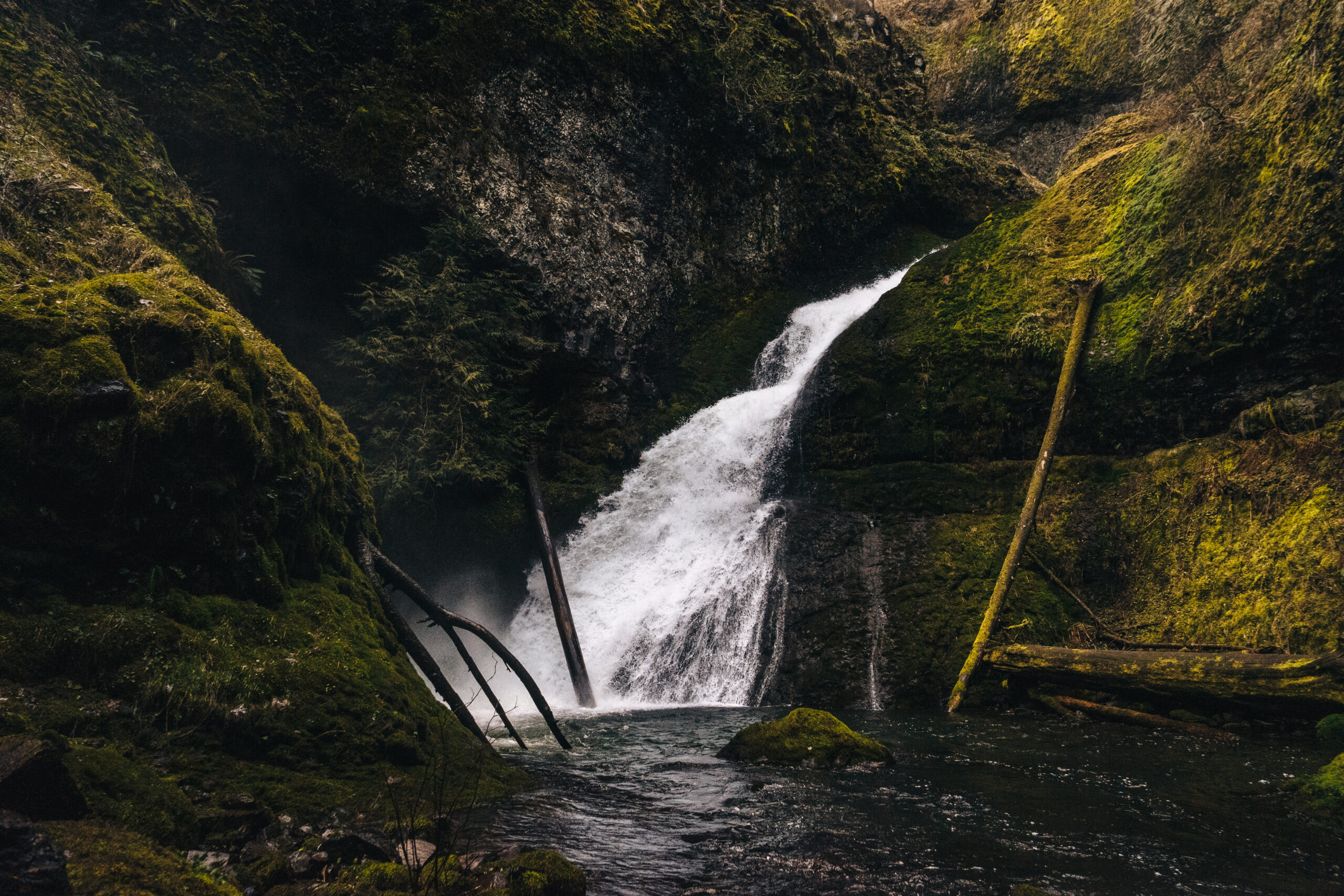Drinking Water & Forest Management

Drinking water for the cities of Portland, Gresham, Tigard, and Beaverton begins as rainfall in the Bull Run Watershed, while numerous other surrounding communities rely on the Clackamas River and streams and springs emerging from Mt. Hood National Forest for their municipal water supplies. In all, 98% of the forest provides drinking water to someone.
The U.S. Forest Service recognizes the importance of keeping forest water clean, saying that “[p]roviding cold, clear waters of high quality” for both “aquatic organisms and human use is probably the proper focus for managing water on the National Forest System.” Unfortunately, the existing Mt. Hood Land and Resource Management Plan fails to address three growing threats to the forests waters: climate change, clearcut logging, and population growth.
As climate change accelerates, Mt. Hood National Forest is likely to experience changes in precipitation and temperature, leading to a continued decline in the snowpack, as well as other impacts that could reduce the quality and availability of drinking water. Clearcut logging also degrades water quality, raising river and stream temperatures to unhealthy levels for fish and other aquatic organisms, and causing increased turbidity that turns crystal-clear waters cloudy.
Meanwhile, our region’s growing population is certain to put a strain on the Mt. Hood National Forest’s waters and ecosystems. A recent U.S. Census study shows the Portland metropolitan area’s population growth as the 15th fastest in the country, with an additional one million people predicted to move to the area by 2030. In addition, our region could potentially experience an influx of “climate refugees” from already arid parts of the country that scientists expect to become even drier, such as the Southwest.
To meet these growing threats to the forest’s waters, we urgently need a new Mt. Hood Land and Resource Management Plan that recognizes the importance of strengthening the forest’s resilience to climate change through the preservation and restoration of forest habitat, and takes into account the impacts of increased demand for clean water as our region’s population grows.